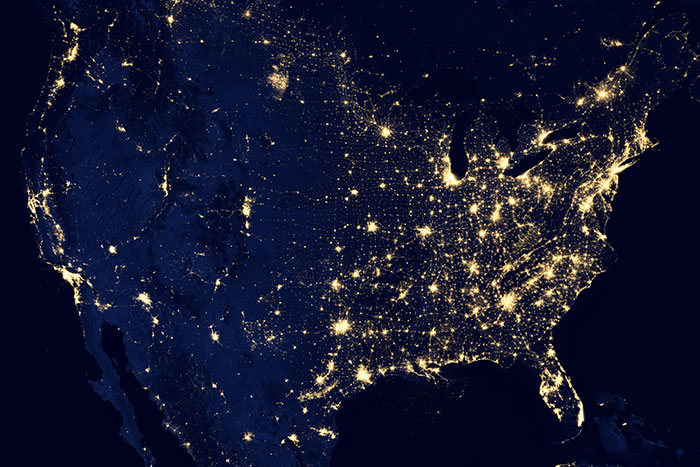
The Internet is composed of small pieces of code that move all over the earth, traveling on cables as thin as a hair strand, spread all over the ocean floor. Around 12,00,000 km of cables are already connected through the continents to sustain our unquenchable thirst for information and entertainment. Firms typically pool their money to work together on cable projects undersea, such as a highway to be owned by all which is further branched out to provide access to ISPs. These ISPs act as a pipe to provide internet to consumers worldwide at the most competitive prices. You can click here to find out about the US largest internet provider packages at the cheapest rates. The internet data travels from Melbourne to New York, London to Singapore in a fraction of seconds. Let us look into it in more detail.
Google’s Project
Google is now planning to link the USA to Chile, site to Latin America’s biggest data center, in a first-of-a-kind initiative. Most people think that the data is in the clouds whereas, in reality, it is in the ocean. Google would not reveal Chile’s cost for its project, but experts say that the cost of subsea projects depending on the length of the cable is up to $350 million.
Cabling
The cables originate as a cluster of tiny threads of fibers of glass. The threads are powered by lasers using fiber-optics nearly at the speed of light. When the data required to read an e-mail or to access a web page are reached and linked to an established network, they are entered on a computer of an individual. As most of us now experience the internet via Wi-Fi and cellular data, all networks ultimately link via actual cables that rapidly carry data across continents and around the oceans.
The wires move through high-speed mills of the size of jet engines during the manufacturing process, wrapping the wire into a copper cupboard which carries electricity throughout the line to keep the data moving. Tar, Steel, and Plastic are added to help withstand unpredictable ocean environments depending on where the cable is located. The cables end in the size of a thick garden pipe when finished.
Planning
At least a year is required to plan the cable path so that it can prevent or withstand any accidents underwater, but the cables have to bear strong waves, rock falls, floods, and fishing trawlers intrusion. It should last up to 25 years for each cable. The cable highway is transferred straight on the Piscataqua River through a Ship, which holds around 6500 km of cable with a maximum load of nearly 3,500 metric tons.
Most cables were laid in the modern era, but American technology giants started to get greater control over the last decade. At least 14 cables have been backed by Google worldwide. Underwater cables are considered as a vital infrastructure in international conflicts the networks have become focal points. Last year Australia blocked the construction of a cable connecting Australia to the Solomon Islands by the Chinese technology giant Huawei, fearing that the Chinese government would give its networks a way to go.
Durable: The Transporter
The cable is rolled into a massive tank in the ship’s center known as Durable. The cable is quickly walked in a circle as if you were laying a massive garden pit, while others sit there to keep it in place to make sure it does not snatch or knot. It takes approximately four weeks for the ship to carry sufficient cable to reach the open sea even with teams working all around the clock. Whilst modern wireless and satellite technologies have been developed throughout decades, cables tend to be the easiest, most reliable, and least expensive means of transmitting information across the world.
The Durable can accommodate up to 80 crew members with 53 bedrooms and 60 bathrooms. The team divides into two shifts, 12 hours each. It is mandatory to stay quiet in the hallways as someone might always be sleeping there. The ship must hold enough stock for a total of 60 days but alcohol on board is not permitted. The ship moves around at a speed of 6 miles an hour on the sea for months, as cables are pulled out of the giant basins from behind the ship through openings. An underwater device is used to bury the cable in the seafloor near the shore, where there is more risk of damage.
Conclusion
Underwater cable demand would only increase as more businesses focus on cloud storage resources. And with new technologies emerging, like stronger artificial intelligence and driverless cars, higher data speeds will be needed. Areas that had no internet earlier, now have access. United Nations report that now more than half the world’s population is online, for the first time which is a big success!


